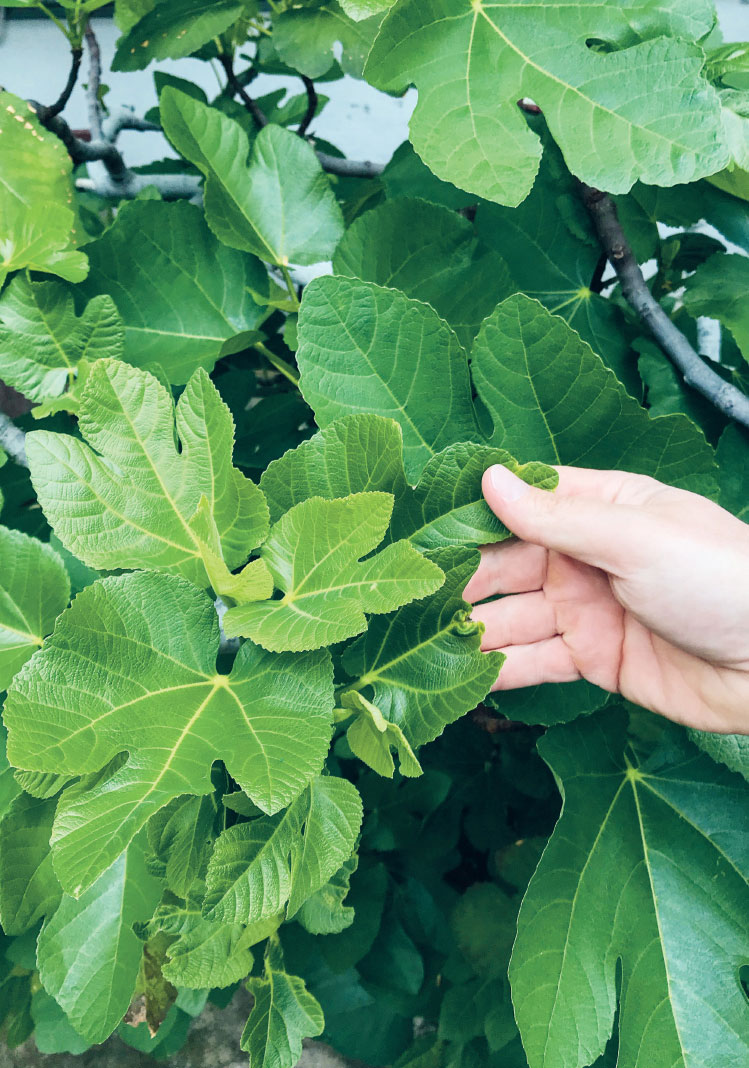
Winter care
Plants are like us humans during the winter: more tired and with less vitality. How can you best protect them during what I call the three “death months”?
Simple winter care tips
• Put plants near a window to ensure they get as much daylight as possible.
• Give less water. Plants are dormant at this time of year and need much less water.
• Stop or reduce feeding.
• Turn each plant every week to distribute the available light over all the leaves.
• Don’t leave them close to a radiator – keep them away from heat sources.
Tips for the more advanced grower
• Additional full-spectrum artificial lighting can be a good idea.
• Avoid cold draughts from open windows – cold air stresses plants and can cause them to wilt.
• Wipe the leaves with a damp cloth – dust on the leaves prevents the plant from absorbing light.
• Showering or misting will provide moisture for the leaves in dry winter air.
IS A PLANT DEAD IF IT’S LOSING LEAVES?
No, not necessarily. But if it has lost its leaves due to a combination of lack of light and too much water, there is a risk of it getting root rot. This is when the roots drown from being left standing in water, causing them to rot. So what can you do about root rot?
• Move the plant to the sunniest spot in your home and leave it to dry out before watering it again.
• Remove any dead or yellow leaves.
• If the potting compost is soaking wet and you have underfloor heating, put the pot on the warm floor for a few days to allow the compost to dry out a bit.
If you’re in luck, the plant will put out fresh green leaves after a few weeks. Seeing your plant come back from the dead like that is a really good feeling! However, don’t forget that some plants become dormant in winter. Figs, kiwis and ginkgos, for example, are supposed to drop their leaves at this time. If one of your plants has dropped its leaves, it might have just gone into hibernation and is waiting for spring to come around.
